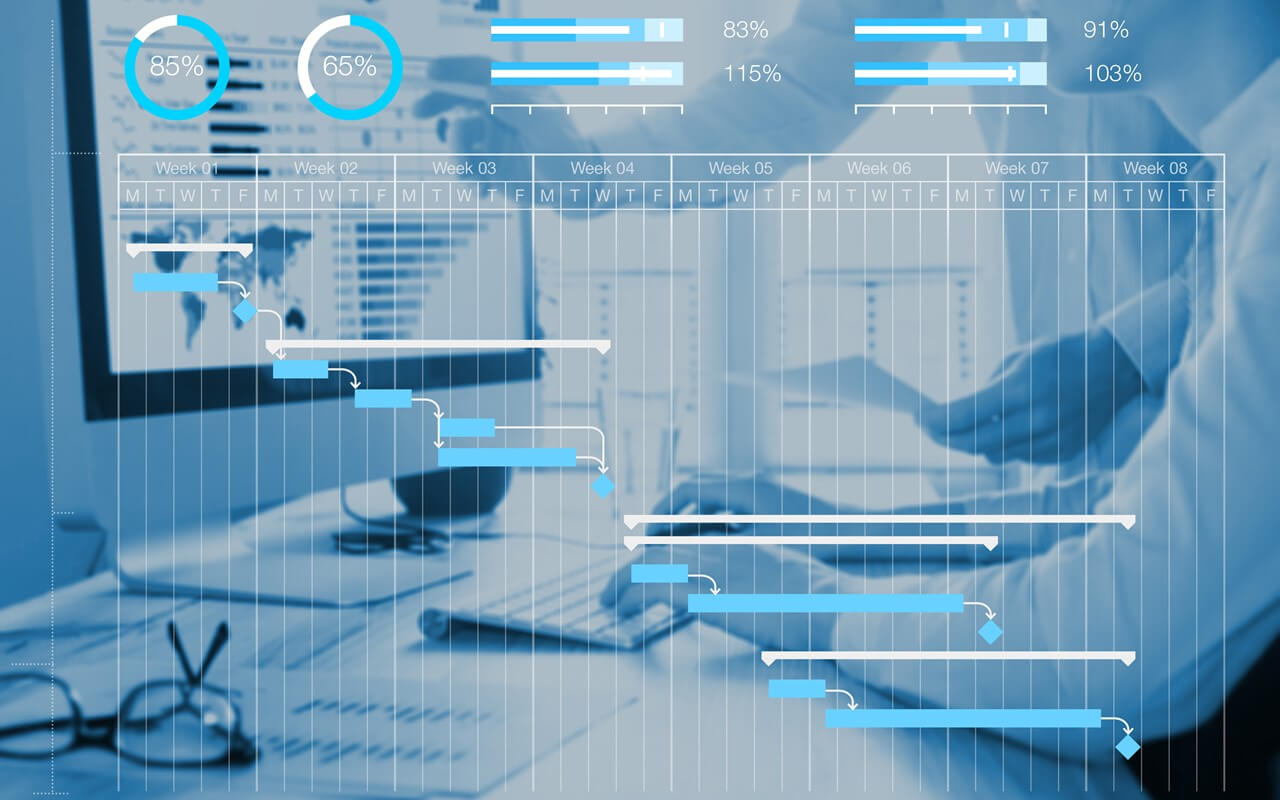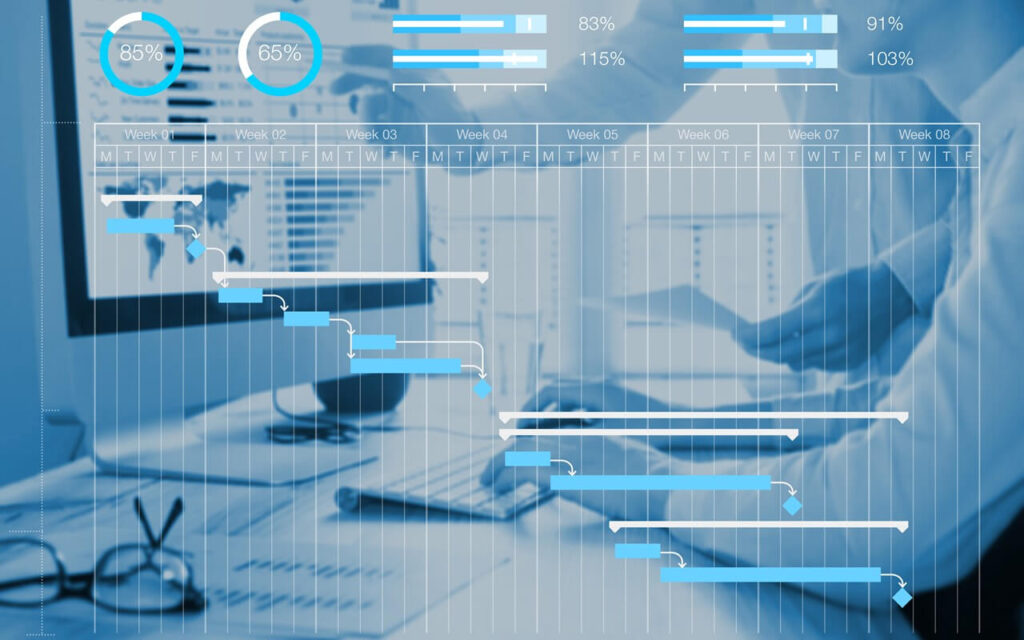Getting CMMI Certified in Laredo, Texas (TX)
The CMM was created for the United States Air Force by SEI between 1987 and 1997. In larger organizations such as state and defense agencies, is where the CMM considers its biggest influence. It was also well received in big, mission-critical programs, such as avionics tools industries. The CMM reflected a transition in the way software engineering was perceived by companies, applying the lessons learned from achieving high precision. Prior to the CMM, companies continued to emphasize product results, rather than concentrate on optimizing the mechanism.
The CMM has surprised the market by insisting that defective systems yield inaccurate outcomes, so changing the process is the path to enhance the process. In 2002 CMMI was implemented to enhance the usage of maturity models in information engineering and other disciplines. It combines software development design models, systems engineering, and advanced product development and process development. It accounts for three related implementation domains, emphasizing software creation, program distribution, and government buying.

CMMI has two types of materials. Firstly, it supports a company in assessing current processes. Secondly, it provides us with a comprehensive way to improve these processes. CMMI stands for the Capability Maturity Model Integration. It’s a strategy that makes companies improve on their processes. Do you suppose the perfect process only occurs naturally, or do you assume that the efficiency of the processes of an enterprise is more likely to be linked to the nature of the method used to create and enhance such processes?

CMMI lets you concentrate on the operations and the goods and services you’re making. This is crucial because whether you function as a department manager, project manager, or in any other product development positions like yourself, then the incentives and rewards should be compensated depending on how you are meeting targets. Using CMMI basically encourages one to keep on strengthening the organization’s processes.
So we now know that CMMI will help to enhance our processes so what exactly is a level of maturity. In its simplest form, a maturity model is a definition of what makes a successful operation. In action, these should provide a roadmap to help you identify the next move to change, combined with a shared vocabulary, and a way to describe how an individual organization wants to progress. A maturity model offers a comparison to other equivalent companies for how successful the systems are.
While CMMI is not an objective science, it is a way of providing a quantifiable degree of risk across the different elements of the ISP. CMMI may act as a mechanism to explain the necessary expenditure in information protection.
Many companies have ISPs but often managers and boards may not know how to assess success within such systems. But they are reluctant to assume that any technological innovation can reduce potential or even uncertain risks. Many companies utilize controlled enforcement criteria as their ISP ‘s controls, such as PCI DSS or AICPA attestations. Such requirements, though, do not adequately encompass the business risk setting, since they concentrate mainly on particular areas of concern or general protection guidelines.

